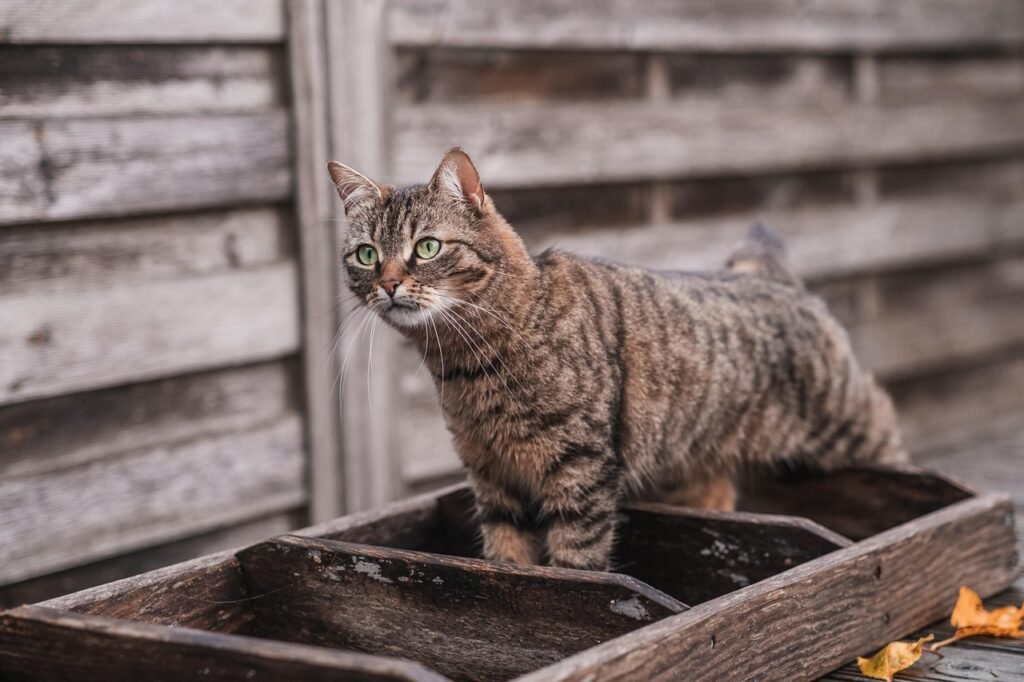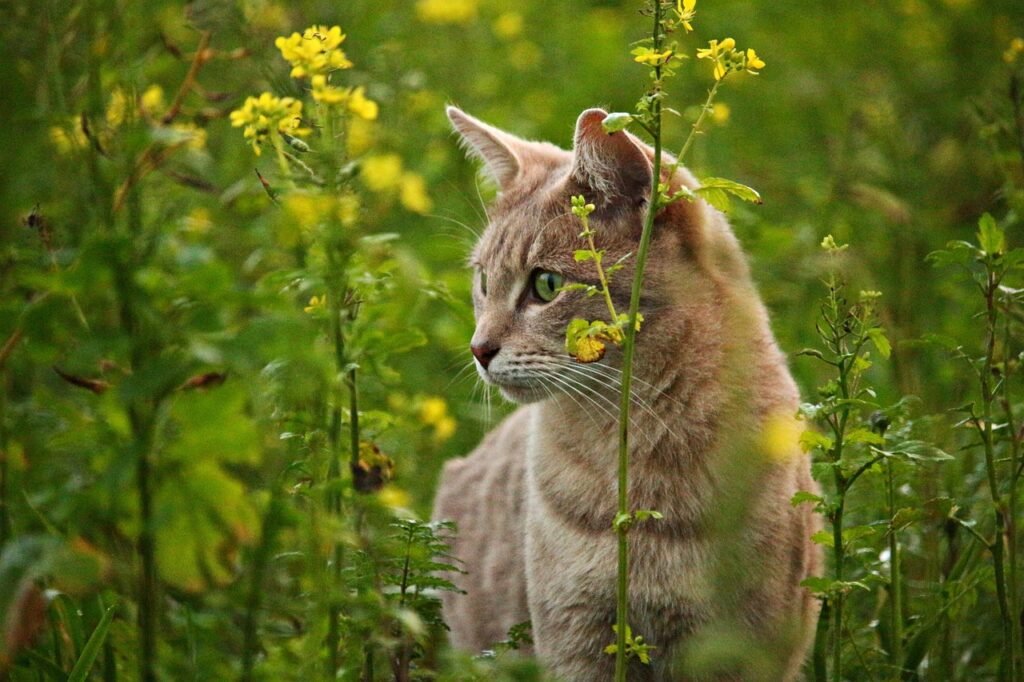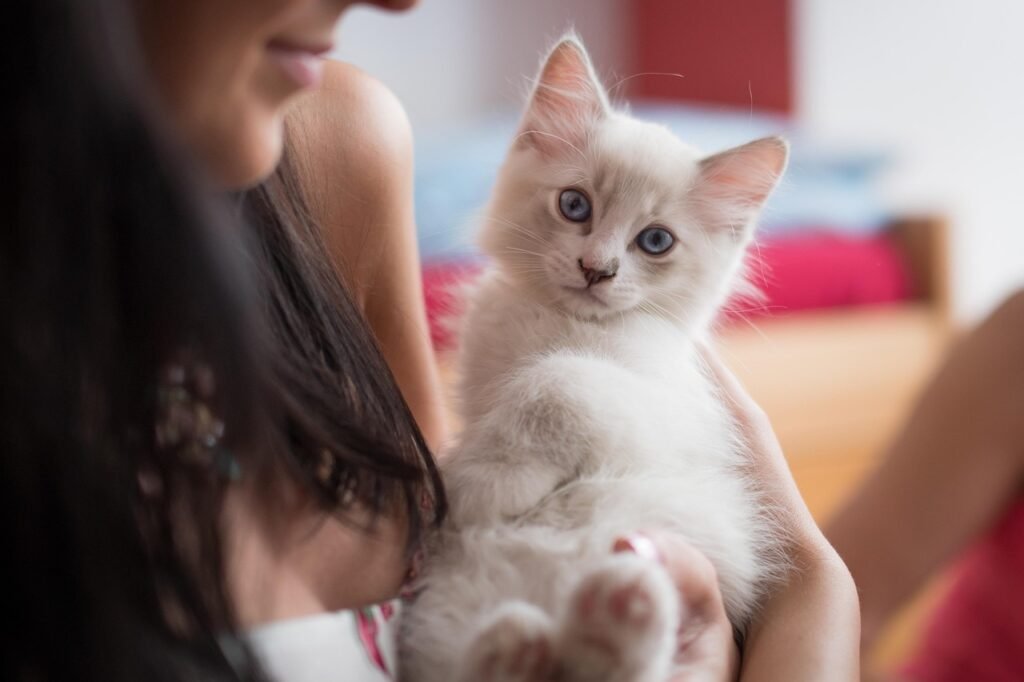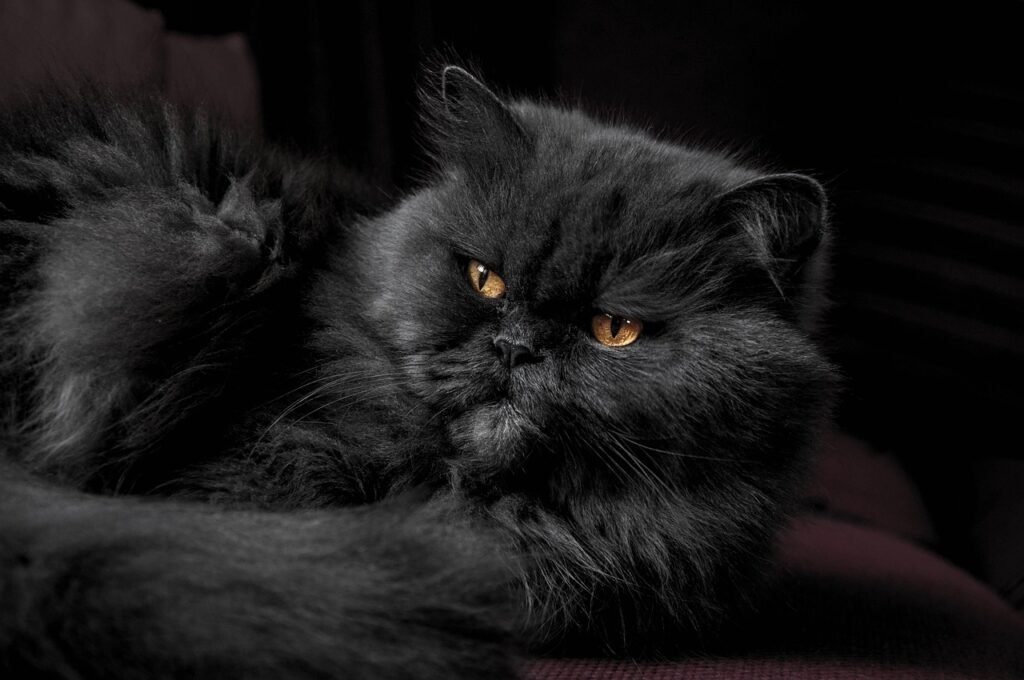Cats, like humans, can experience trauma that affects their behavior and confidence. Whether it’s a move, a new household pet, or an unfortunate accident, a traumatic event can leave your feline friend feeling anxious and insecure. Helping your cat rebuild its confidence is crucial for its emotional well-being and to restore harmony in your relationship with your pet. This article explores effective strategies and understanding needed to support your furry friend’s recovery journey.
The Nature of Trauma in Cats

Cats are creatures of habit and comfort, with a deep reliance on routine and familiar environments. Any significant disruption can lead to stress, which may manifest as trauma. Behavioral responses to trauma can vary widely among cats, from increased aggression to withdrawal and depression. Understanding the nature of trauma in cats is the first step towards providing the right care and intervention.
Recognizing Signs of Trauma

Identifying trauma in cats can be challenging, as they often mask their discomfort. Look for changes in behavior, such as hiding, decreased appetite, excessive grooming, or unusual aggression. More subtle signs include changes in vocalization, litter box habits, and increased clinginess or isolation. By recognizing these signs early, you can start implementing strategies to ease their anxiety and stress.
Providing a Safe Environment

Creating a safe and secure environment is pivotal in rebuilding your cat’s confidence. Designate a quiet, comfortable space where your cat can retreat when feeling overwhelmed. This area should have their favorite bedding, toys, and access to food and water. A cat tree or elevated perch can also provide a vantage point where they feel secure and in control.
Establishing a Routine

Cats thrive on predictability. Establishing and maintaining a consistent routine can significantly alleviate anxiety. Set regular feeding times, play sessions, and quiet periods to help your cat feel more secure. Consistent routines help reestablish trust and give your cat a sense of normalcy.
Gradual Socialization

If the trauma involved another animal or person, gradual reintroduction is key. Allow your cat to approach new family members or other pets at their own pace. Use treats and positive reinforcement to reward calm behavior and encourage interaction. Be patient and allow time for your cat to adjust.
The Power of Play

Play is not just a physical activity; it’s a powerful tool for building confidence and reducing stress. Interactive toys, like feather wands and laser pointers, can engage your cat’s instincts and provide a safe outlet for energy. Regular play strengthens your bond and helps your cat regain its natural curiosity and confidence.
Positive Reinforcement and Rewards

Encouraging desirable behavior through positive reinforcement is crucial. Use treats, verbal praise, and gentle petting to reward your cat for brave behavior and calm responses in stressful situations. Positive reinforcement helps in reshaping their experiences into new, positive associations.
Consulting with a Veterinarian

If your cat’s behavior does not improve with these interventions, consulting a veterinarian is advisable. Sometimes, there could be underlying medical issues exacerbating your cat’s stress. Vets can also recommend behaviorists or provide medication to help manage anxiety during the transition period.
Using Calming Products

Many over-the-counter products can help soothe anxious cats, such as pheromone diffusers, sprays, and calming collars. These products mimic the familiar pheromones that cats naturally produce to make them feel safe and secure. Always discuss with your vet before using new products to ensure they’re suitable for your pet.
Practicing Patience and Empathy

Rebuilding a cat’s confidence takes time, patience, and empathy. Avoid punishing your cat for its reactions, as this can exacerbate their anxiety. Every cat progresses at their own pace, and understanding this is vital. Celebrate small victories and be patient as your cat slowly returns to its confident, curious self.
Encouraging Exploration

As your cat becomes more comfortable, encourage exploration by introducing new toys, scratchers, and hiding places. This not only enriches their environment but also helps mitigate boredom and stress. Providing choices and new stimuli can foster independence and confidence in your cat.
Conclusion: Strengthening the Human-Cat Bond

Rebuilding your cat’s confidence after a traumatic event requires understanding, patience, and love. By creating a safe environment, maintaining a consistent routine, and using positive reinforcement, you can help your cat regain its confidence and sense of security. Through empathy and time, not only will your cat heal and flourish, but the bond you share will grow stronger than ever.
Hi, I’m Bola, a passionate writer and creative strategist with a knack for crafting compelling content that educates, inspires, and connects. Over the years, I’ve honed my skills across various writing fields, including content creation, copywriting, online course development, and video scriptwriting.
When I’m not at my desk, you’ll find me exploring new ideas, reading books, or brainstorming creative ways to solve challenges. I believe that words have the power to transform, and I’m here to help you leverage that power for success.
Thanks for stopping by, Keep coming to this website to checkout new articles form me. You’d always love it!






